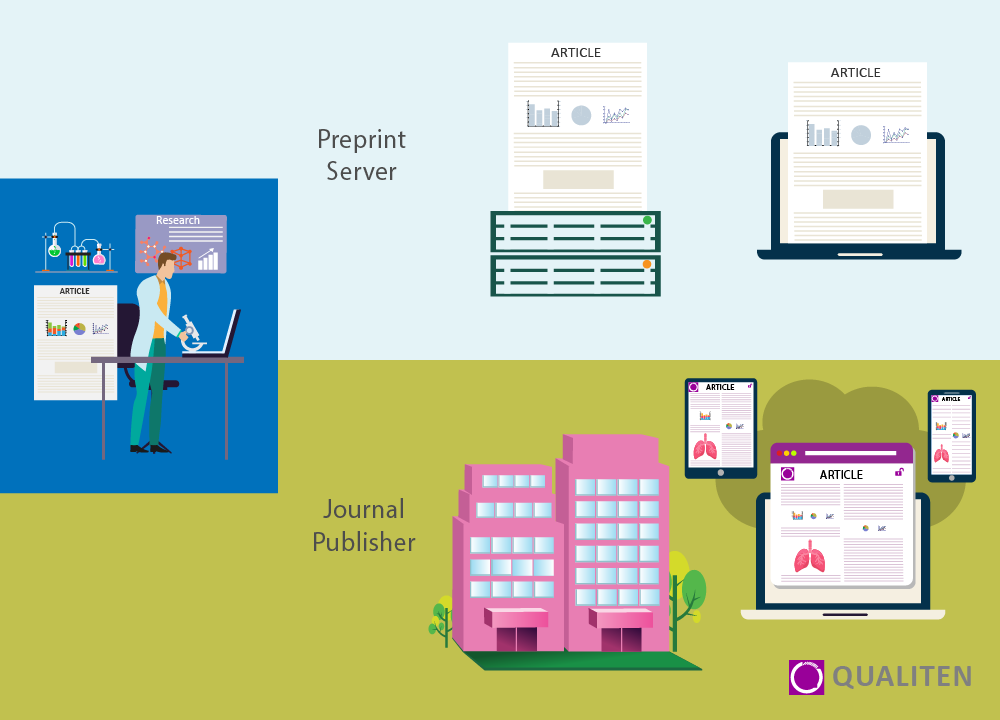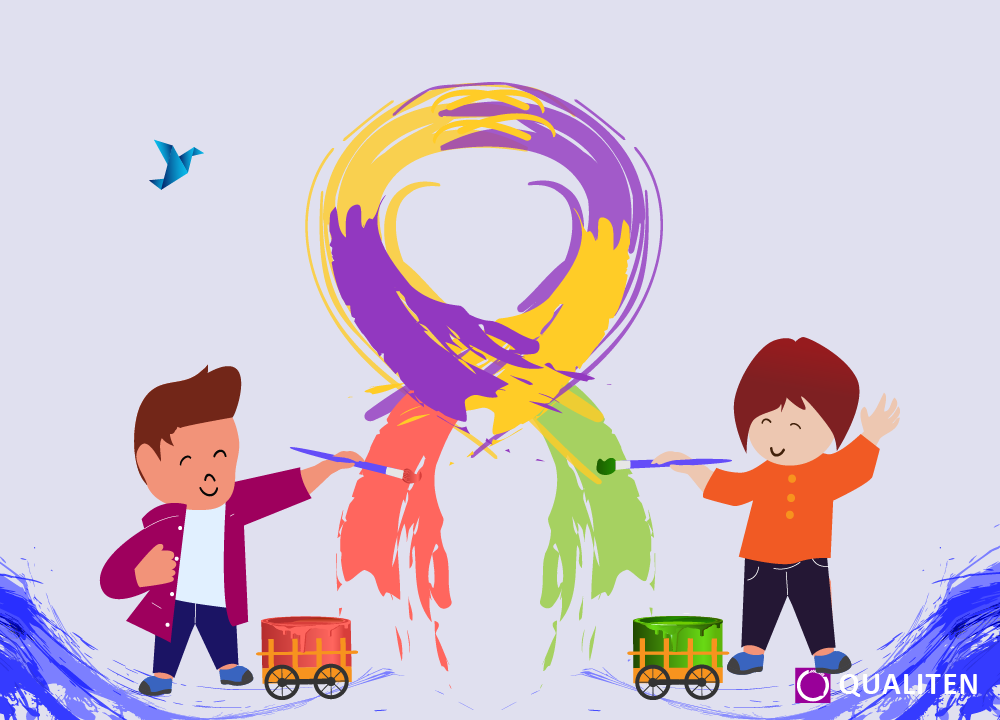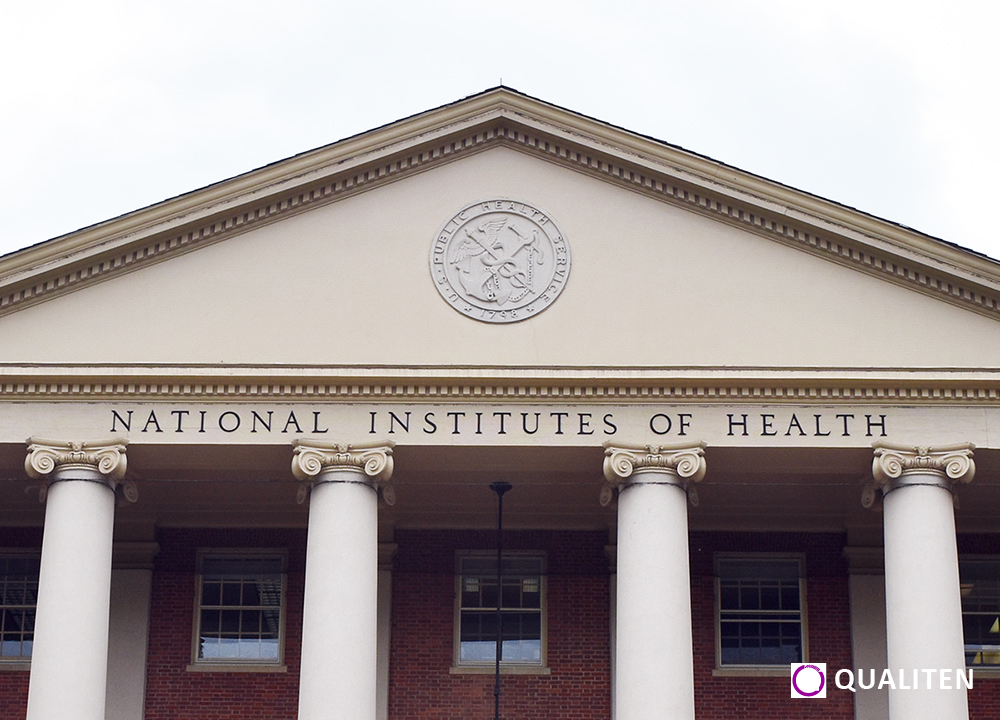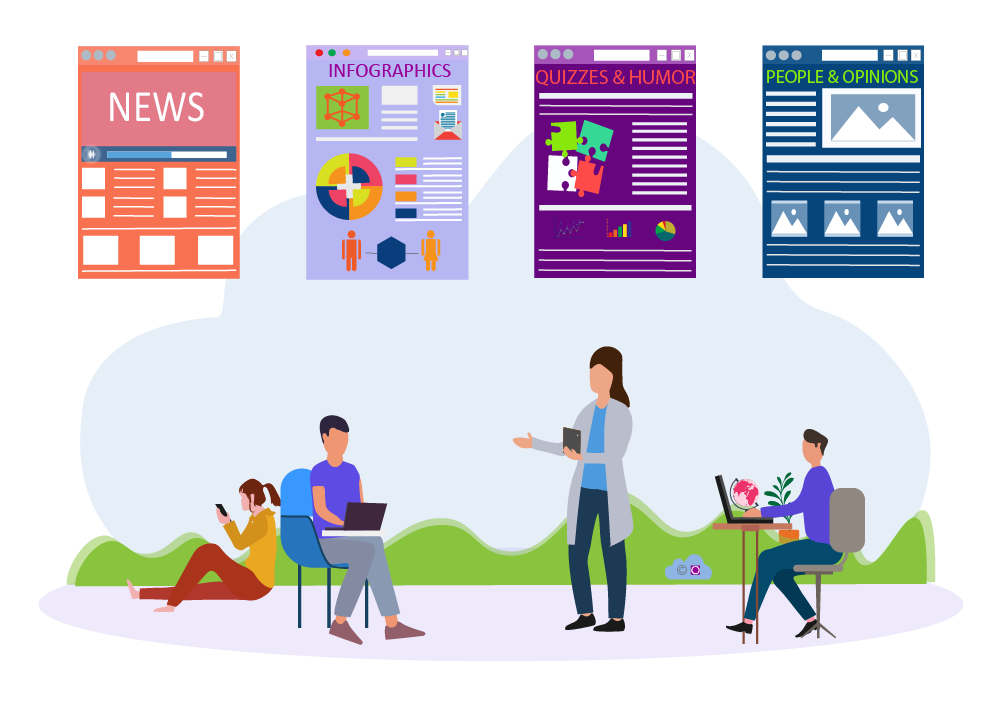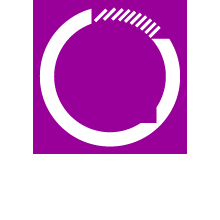Publication of scholarly work in peer-reviewed journals is a well-established and reliable method of disseminating science to worldwide audience. However, the publishing process is still evolving and there are multiple barriers which impede the overall process. In this series of articles, we are highlighting major challenges faced and proposing solutions for them.
Key Areas: Science I Open Access I Peer Review I Publishing
Series: Publishing – News & Analysis
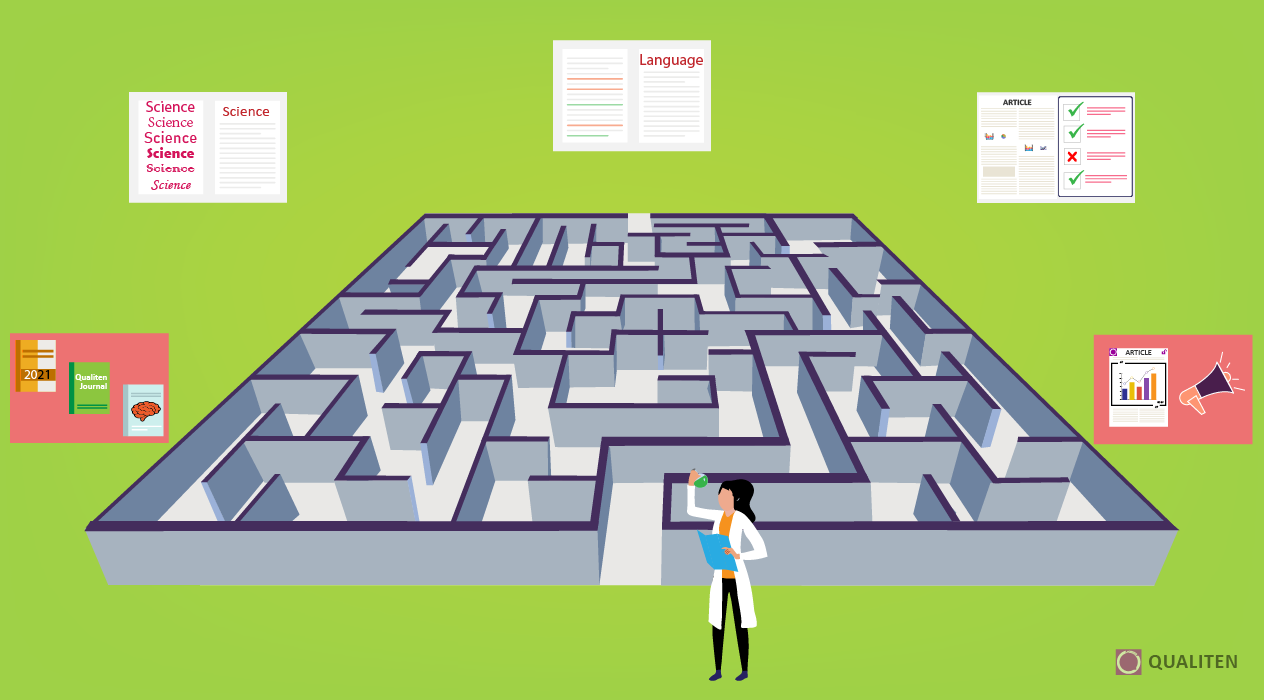
EVOLVING PUBLISHING PROCESS
Scholarly publishing in scientific journals is preferred and well-established method for dissemination of scientific content. The history of systematic publishing dates to middle of 17th century [1]. Since then, there had been gradual changes in publishing process, but recent onset of digital publishing has significantly evolved the scholarly publishing and the way scientific content is disseminated and read worldwide. Despite this evolution, significant challenges persist in the entire publishing process that need to be resolved.
These solutions require systemic changes as well as changes at individual levels. In this series, we have tried to compile biggest challenges faced by authors, reviewers, readers, and publishers. Also, we propose and implement solutions for those existing problems. We hope that collectively we can find answers to the existing and upcoming challenges, paving way to efficient methods of scientific communication that can keep benefiting the science and society.
AUTHOR’S PERSPECTIVE
Article publication is an exciting and fruitful outcome of years of rigorous work performed by author. After devoting considerable time and efforts in the study design, research, data analysis and preparation of manuscript, authors expect seamless and efficient publication of their article. However, many times authors face challenges which spoil their expectations during or after the publication process. It is the publishers’ responsibility to create a favorable and positive experience for the authors. Following problems during the entire publishing process could be minimized, so that authors can spend more time in conducting new research studies and advancing science.
1. IDENTIFICATION OF JOURNAL TO SUBMIT THE MANUSCRIPT
With myriad journals available in the field of biomedical sciences, it becomes difficult for authors to identify best journal to submit their manuscript. Furthermore, reaching from article submission to a final peer-review decision can be an opaque and lengthy process, during which the same article should not be submitted to another journal [2-4]. Also, once manuscript is published it will represent years of hard work performed by author and its team, thus it becomes particularly important to choose a right publisher.
Herein we provide a brief checklist that author can utilize to identify best journal that suit their needs and expectations:
- Author’s work presented in manuscript should coincide with scope of the journal.
- At least a few members of the editorial board of the journal should have significant experience in submitted work, since someone from the board will be making a final decision on acceptance, revision, or rejection of article after a formal peer review.
- Journal should provide clear details of steps involved in peer review process and criteria of publication. Most journals have specific peer-review questionnaire that is used during peer review process, it will help prospective authors if those questionnaires are readily available (preferably publicly available on website) prior to submission of manuscript.
- Journals should clearly mention functions and ethical guidelines for authors, editors, reviewers, readers, and publishers. These guidelines not only support authors but also clarifies expectation from editors and peer-reviewers, thereby reducing any ambiguity which may cause delay while reviewing the manuscript.
- Journals should have a track record of efficient communication and update throughout the publishing process including post-publication.
- Journal’s preparedness for post-publication support and promotion of article to increase the visibility and life of published article.
- Broad readership and reach of journal are important. Journals with open access publication, indexing, social media sharing, and creative presentation of content in variety of formats can improve the reach and impact of article to the broader audience worldwide.
- Lastly, avoid submitting articles to exploitative and unscrupulous publishers that do not perform standard peer review and promise unexpectedly quick publication [5].
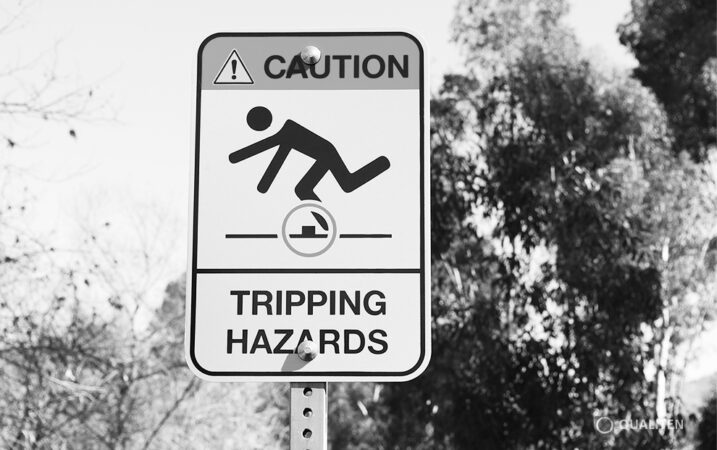
The creation of scholarly work is painstaking work from author and publishing of that work requires diligent efforts from editors, peer-reviewers, and publishers, which demand time, efforts, and resources.
2. TIME LOSS IN ARTICLE REFORMATTING
Publishers sometime have fixed manuscript format and styling requirements (e.g., font types, font size, heading style, figure legend, figure colors, referencing style, and other related styles) for the submission, and refraining from following those guidelines can even cause immediate rejection. Also, many manuscripts undergo more than one submission before they get accepted for publication in a scientific journal [2,3]. Due to lack of uniform formatting requirements between publishers, reformatting of the article as per the journal’s style guide results in unnecessary loss of author’s valuable time. One recent study suggests loss of 14 hours (worth $477) in formatting for each manuscript, which could have been otherwise used for other productive work [6].
There is need of significant shift from publishers’ end to allow authors to submit the article in flexible formats, and without major reformatting requirement especially in case of resubmission (after rejection of manuscript from another publisher). Publishers should also offer support or guidance to the authors on how to reformat in cases of major reformatting required prior to peer review process. Addressing this problem, some publishers (including Qualiten Journals) have adopted flexible formatting for the manuscripts and provide support to authors during submission process.
3. LANGUAGE BARRIERS FOR AUTHORS
English-language is becoming predominant medium of instruction in major academic institutions, professional communication, and scientific publishing [7-9]. This shift is breaking the language barriers and encouraging exchange of scientific information. However, it has increased the pressure on non-Anglophone researchers to write and publish their work in English-language for international recognition, career progression, and wider dissemination of their work [9-11].
During publication process, rejection of articles due to improper use of English despite having good scientific content is another major flaw in scientific communication. Predominantly non-Anglophone authors face the blunt of this practice and they have to take assistance from third party editing services. Nevertheless, it is equally important that article is written properly for the ease of reviewers and readers.
In peer review process, reviewers focus on evaluating the study design, research methodology, scientific outcome, inference, and merit of article. Evaluating a linguistically erroneous manuscript is an onerous task for reviewers, and it diverts their focus from science. Thus, authors and co-authors should proof-read manuscript multiple times before submitting to any journal. Additionally, publishers’ in-house team should proof-read the article and provide adequate guidance to authors in case language editing is required before proceeding for formal peer review from external subject matter experts. Publishers, reviewers and authors have collective responsibility to work together in improving the manuscript and ensuring that only science behind the article becomes the major criteria for article acceptance or rejection.
For long-term solutions, academic institutes can develop university-based editing system, manuscript writing programs, seminars, and other educational programs that can equip researchers with tools and skills required for writing scientific manuscripts [12,13].
4. COMPLEXITY OF PEER REVIEW SYSTEM
After a thorough study and experimentation, author develops a scientific manuscript, which once peer-reviewed, accepted and published in a scientific journal, becomes a source of reference for education, funding decisions, and further research. Thus, peer review system is indispensable part in scientific publication even though it has some limitations and imperfections.
Timeliness, Objectivity, Clarity and Fairness in Manuscript Review
Peer review process is a collaborative model that hinges on availability of experienced individuals (handling editors and peer-reviewers) from the same field as of manuscript, who can volunteer their time and skills to objectively evaluate the novelty, reproducibility, ethics, correctness and impact of the submitted content [14]. Whole peer review process may take a significant amount of time due to immense work and coordination involved between peer-reviewers, handling editor, authors and editorial staff of the journal [2,3].
Additionally, different publishers may have slightly different methods of peer review which may confuse authors, handling editors and peer-reviewers. To ensure efficient and streamlined peer review process, publisher can provide easy-to-understand training materials (guidelines, flowcharts, peer-review forms, videos, etc.) and tools to assist authors, editors and reviewers. Also, there should be dedicated journal staff assigned for each manuscript who can coordinate the process from submission to peer-review decision and readily answer any queries.
Publisher should also adopt practicable measures to minimize any ambiguity and accidental bias in reviewers’ feedback. Occasionally, authors face challenges in understanding the feedback provided by peer-reviewers, especially if comments are not specific and do not provide clear recommendation for revision. To reduce ambiguity and save other’s time, journal staff should skim through the peer-reviewers’ comments and clarify any doubts before forwarding it to handling editor and author. This will keep communication and expectations clear for all.
A double-blinded peer review (where identity of both, authors and peer-reviewers are not disclosed during peer review process) followed by publication of peer-review summary along with the accepted manuscript, may motivate reviewers to objectively evaluate the manuscript and provide honest feedback for authors. Furthermore, a study published in JAMA indicates that blinded peer review process reduces inadvertent bias related to reputation and location of authors [15].
Finally, journal staff should keep authors updated with the status of their manuscript, including any reasons of delay in processing. Authors should also promptly respond to peer-reviewers’ comments and perform the required revision quickly to minimize the time in the peer review process.
Article Rejection and Restart of Peer Review Cycle
According to SciRev, an article normally goes through 2 review rounds and the average review time for scientific fields is nearly 17 weeks (about 4 months), thus the entire peer review process takes a considerable amount of time [2,3]. Moreover, rejection of article from one journal again starts the cycle of publication steps with other where manuscript undergoes same repetitive cycle. To minimize wastage of previous peer reviews and further manuscript rejections, author should refine their article based on previous comments before submitting to a new journal. Additionally, author can add a short summary of previous peer review (if previous journal allows) in the cover letter submitted along with the revised manuscript.
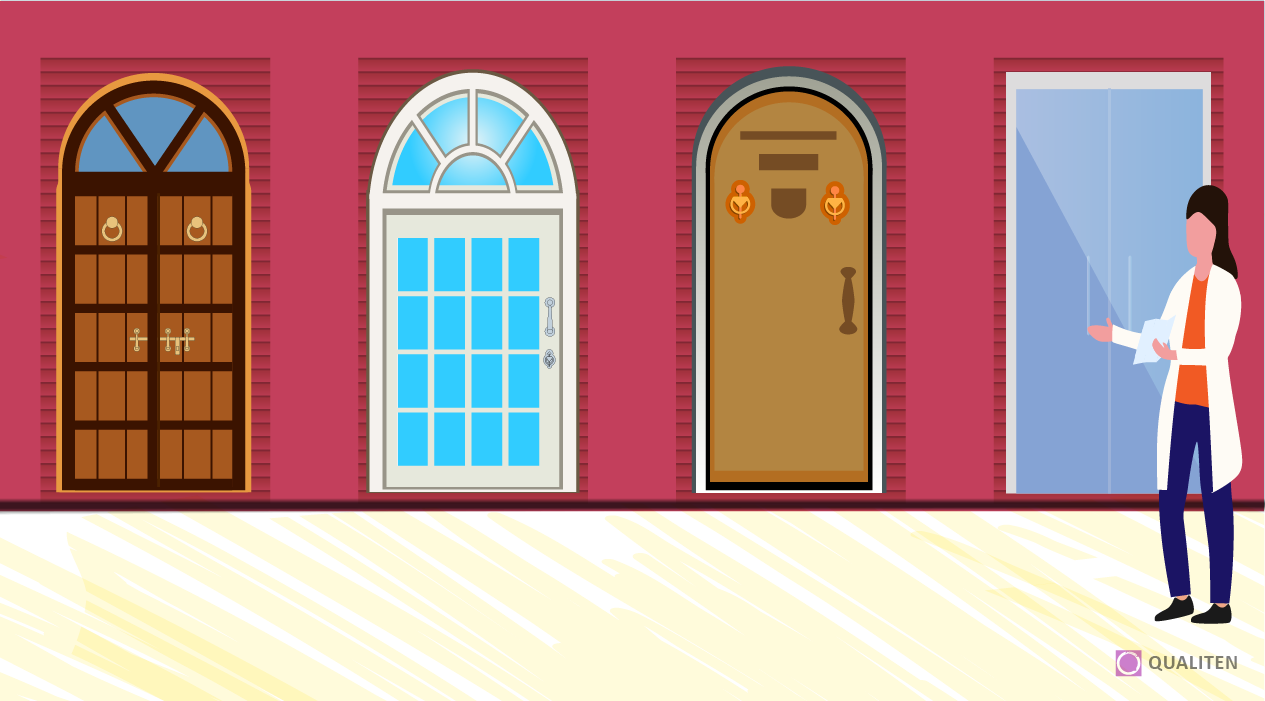
As part of publishing community, publishers can effectively minimize this issue by forwarding peer-reviewers’ comments (without disclosing reviewers’ information) to the next journal on author’s request. Qualiten Journals follow double-blinded peer review process and is flexible to forward the peer-reviewer’s comments to the next journal’s editor on author’s request. Previous reviews can help in speeding up the peer review process in the next journal; thus, saving time of the author and reviewers.
What to do with Residual Data?
It is unlikely that entire data generated during the process of a study get published in one manuscript or related supplementary materials. Residual data unrelated with previously published manuscript may stay unused and usually get wasted, unless the data is sufficient to generate a new manuscript for a peer-reviewed journal. In such cases, author can develop a short article using the data and post it at their institutional repository, preprint servers, laboratory webpage, or even at their social media profiles such as LinkedIn, if permissible by their institute or grant provider. However, authors should do it responsibly and clearly indicate to the readers that article is not peer reviewed.
“All kind of scientifically generated data is useful, if it is used and shared responsibly.”
– Qualiten Press
Correction and Retraction Post-Publication
The beauty of scientific work is that it is tightly interlinked, and it builds upon previous work of scientific community. Thus, any errors or misconduct in published work can easily be recognized by authors or other researchers. Once errors are recognized, it is responsibility of authors, editors and publishers to take quick measures to notify the readers and rectify the errors or fully retract the published manuscript, as appropriate. A dedicated post-publication team from publisher can monitor readers’ comments and communication that could indicate any errors or misconduct. Committee on Publication Ethics (COPE), a non-profit organization promoting publishing ethics for over 20 years, provides detailed retraction guidelines to help editors and publishers to take appropriate decisions in such cases [16].
Retraction is quite rare in biomedical publishing and it does not always occur due to misconduct from author. However, there may be stigma associated with retraction of article which discourage some authors to report errors in their previously published manuscript. Scientific community including publishers should not treat retraction as taint in their reputation, instead, reporting of errors in published literature should be recognized and incentivized to maintain the self-correcting nature of science and scientific publishing.
5. LIMITED READABILITY AND LIFE CYCLE OF THE ARTICLE
Barring few prominent studies, every scientific article has a definite life cycle, from its conception to peak and then to decline. Medical science articles reach their peak in around 5 years before starting to decline rapidly [17]. Everyday scientists are aspiring to find something new, and new researches are happening in every field; therefore, it is necessary for an article to reach its target audience before it gets obsolete. Undoubtedly the quality of the papers affects readability a lot, still some extra steps can increase the reach of the article.
“As far as he can achieve it, readability is as important for the scientific writer as it is for the novelist.”
– Donald O. Hebb (Canadian psychologist, Father of Neuropsychology, 1904-1985)
Self-Archiving and Freedom of Sharing Published Article
Institutional repositories, personal websites, and social networking platforms like ResearchGate, Academia.edu, etc. are few avenues of self-archiving of published articles that can increase citation of article [18-21]. However, authors should be careful of not infringing any copyright agreements that they may have signed with journal publishers. Unlike subscription-based journals, open access publication lets author retain the copyright, so it becomes easier to self-archive without fear of copyright infringement. Additionally, open access publication provides many other benefits to authors and may support global community in advancing science to solve many unmet challenges in biomedical sciences and healthcare [22,23].
Self-archiving can help in extending the life cycle by two ways – firstly, the article is linked to the author’s account and any further research by the author or any co-author boost the visibility of the previous articles. Secondly, in case of any temporary hosting issue with the publisher’s website, the research can still be accessible on internet at self-archiving platforms.
HTML Publication
Before submitting manuscript to a journal, author should make sure that the journal publishes articles in both HTML and PDF formats. While HTML supports search engine optimization (SEO), online searchability, screen dependent responsiveness, and sharing; PDF is a go-to option to make any article print ready. However, some publishers publish articles in PDF-only which makes the content difficult to search. Articles published in subscription-based journals can also conceal the major content of article behind paywall and render it harder for readers to figure out usability of the article prior to purchase.
Continuous Rolling Publishing vs Periodical Issue Based Publishing
Researchers constantly look for new online articles published in peer-reviewed journals to improve their own studies. Additionally, authors would like to share their article with peers as soon as manuscript is accepted for publication. However, some publishers do not follow the continuous rolling model of publishing and they wait to compile and publish all articles periodically in journal issues [24]. With prevailing digital publishing, publisher should adapt to continuous rolling publishing model.
Audience Engagement through creative presentations
Scientific research is largely shared through peer-reviewed literature and conference presentations, which are highly technical and targeted primarily to audience working in that area. New creative methods of post-publication presentations such as blogs, infographics, humor, quizzes, etc. can garner attention from a wider audience and increase the visibility of work. Check our blog on creativity in scientific communication and visit Qualiten Insight to see how scientific content can be made distinctive and memorable for the readers [25].
6. COMMUNICATION GAP AND MISSED OPPORTUNITIES
Conducting experiments in research labs, applying for grants, developing projects, and writing manuscripts requires significant brainstorming but these discussions are mostly confined to small research teams and few collaborators. Limited government funding and increased competition to acquire grants are plunging researchers in silo and escalating anxiety in already overworked research community [26]. However, situation is not as bleak as it appears if we all cooperate and adapt to the new reality of doing science.
With recent technological advancement and expansion of internet, today’s world is much more resourceful and connected than ever before; it is an incredible time for scientists to connect with public and venture into unexplored avenues for ideas, funding, and support. Authors and publishers both need to create easy-to-understand content (in addition to scientific articles) and utilize available online platforms to share their science with public. Also, publisher should take responsibility to promote published literature post-publication. For example, Qualiten Press has developed Qualiten Insight solely for the purpose of promoting science to wider audience in easy-to-understand blogs, infographics, humor, quizzes, etc. Also, Qualiten Press is implementing multiple features such as article-level dictionary and article text-to-speech to increase audience engagement and makes science easy-to-understand.
Through sharing science to wider audience, authors may be able to connect with altruistic individuals and organizations who are actively looking to support science for the greater benefit of public. Authors may also gain direct access to the patients and healthcare providers which could help them into generating new ideas and designing studies according to the patient’s problems and needs.
CONCLUDING REMARKS
Researchers are the backbone of science publishing, who wear multiple hats time to time – from conducting studies, authoring manuscript to volunteering as reviewer or editor. We are in an ecosystem where everyone is dependent on one another for a greater cause of discovering and reporting science to solve unmet needs in science, medicine, and healthcare. Publishers can play major role in making publishing process smooth, efficient, economical, and fruitful for authors. A contented author in turn is motivated to review manuscripts for their peers when it is their opportunity to wear the hat of a peer-reviewer or handling editor. We all are closely knitted together and this evolution in publishing will create a cooperative and nurturing environment for the advancement of science.
We at Qualiten have performed extensive study on unmet need in publishing and developed our platform to solve some challenges that has not been solved before. We encourage readers of this blog to mail us your comments with any other problem or suggestion you would like us to address. In this series we are trying to identify challenges faced by different sections of publishing community, you can subscribe to get notification of our future updates.
“To raise new questions, new possibilities, to regard old problems from a new angle, requires creative imagination and marks real advance in science.”
– Albert Einstein
Copyright © 2021 Qualiten Press
